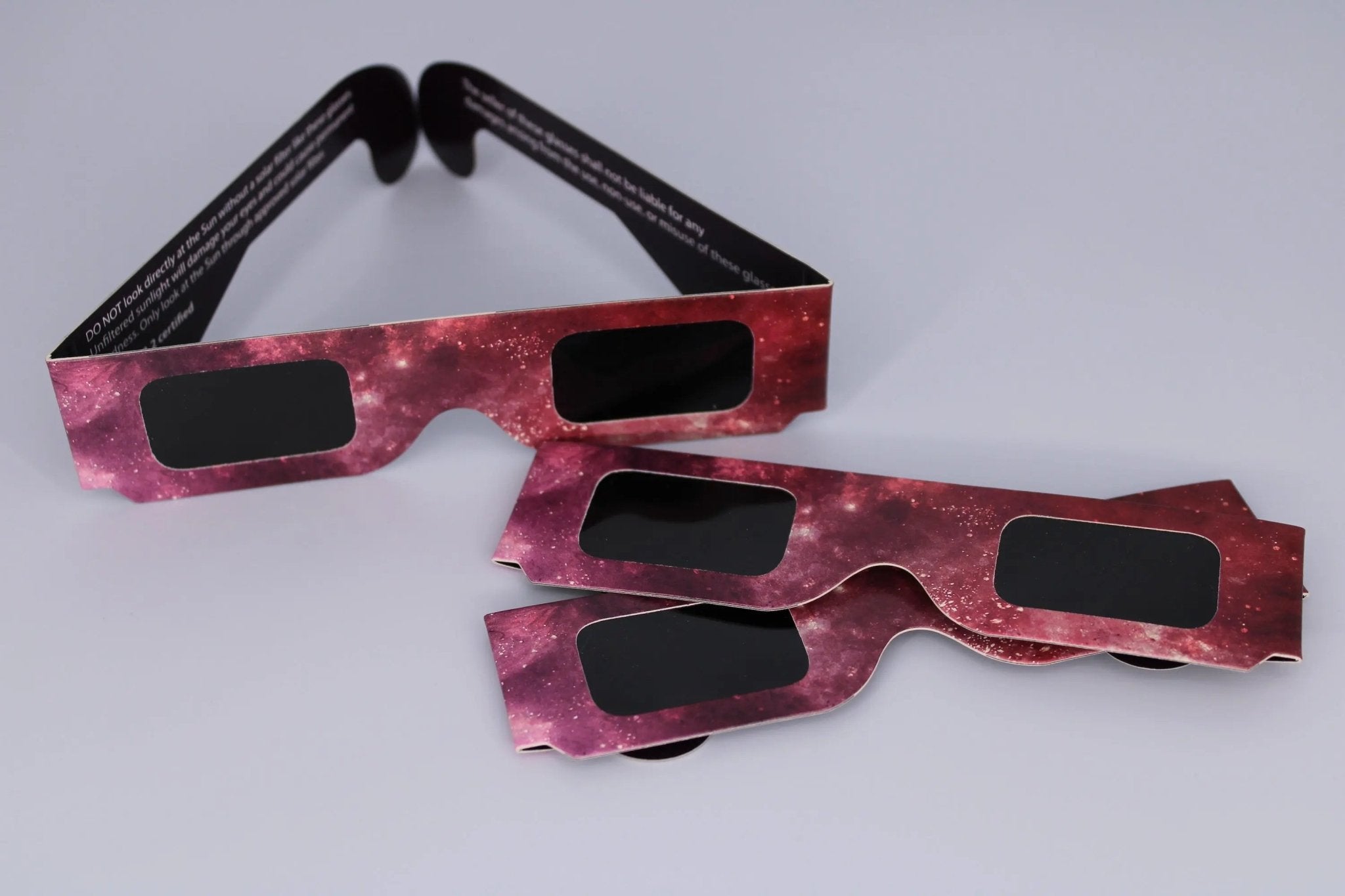Solar eclipses have long captured the fascination of humanity, offering rare celestial spectacles that inspire awe and curiosity. However, the observation of such natural phenomena necessitates an understanding of the potential hazards they pose, particularly to the human eye. This post elucidates the crucial role of eclipse glasses and eclipse viewers in safeguarding ocular health during solar eclipses.
Solar Eclipse glasses, also sometimes referred to as solar viewers or eclipse viewers, constructed with specialized black polymer filters, serve as paramount tools for preventing solar retinopathy—an affliction caused by direct exposure of the eyes to the intense ultraviolet and infrared radiation emitted by the sun during an eclipse. The filters in eclipse glasses drastically reduce the transmission of harmful radiation while permitting safe levels of visible light, enabling observers to appreciate the celestial event without compromising their visual well-being.
The adoption of eclipse glasses not only mitigates immediate ocular risks but also contributes to public awareness and education about safe viewing practices. Encouraging the use of these glasses underscores the significance of responsible scientific engagement and fosters a culture of protection against preventable eye damage. Moreover, the proliferation of accurate information concerning eclipse glasses—emphasizing their quality, proper usage, and potential counterfeiting—constitutes a crucial facet of the discourse surrounding solar eclipse observation.
In conclusion, solar eclipse glasses emerge as indispensable assets for safeguarding ocular health during solar eclipses. Their incorporation into direct eclipse observation practices reflects a commitment to both personal well-being and responsible scientific inquiry. By appreciating the dual roles of eclipse glasses—in preserving eye health and advancing scientific literacy—observers can participate in the wonder of solar eclipses while upholding the principle of safety first.

